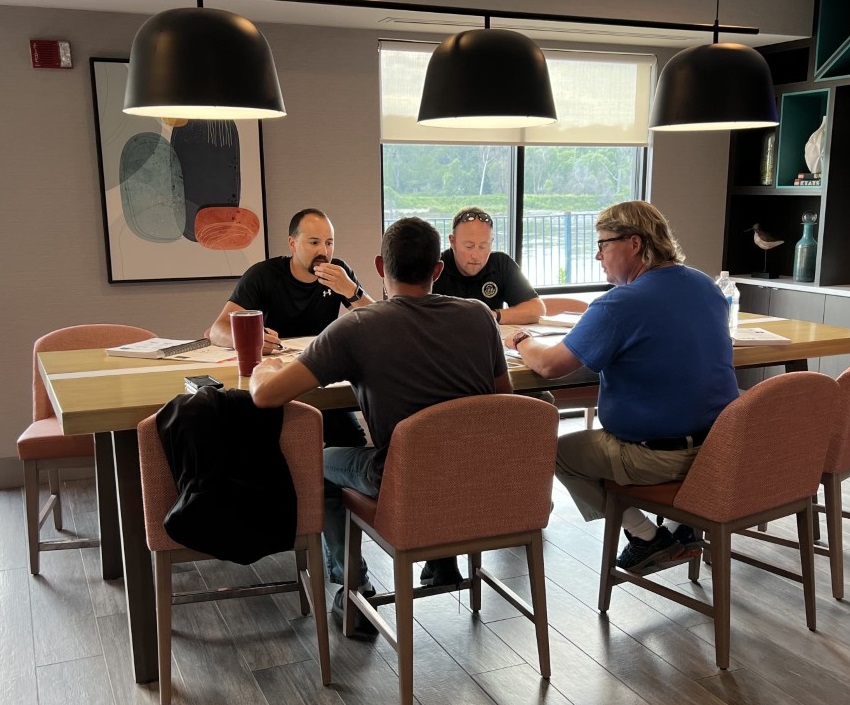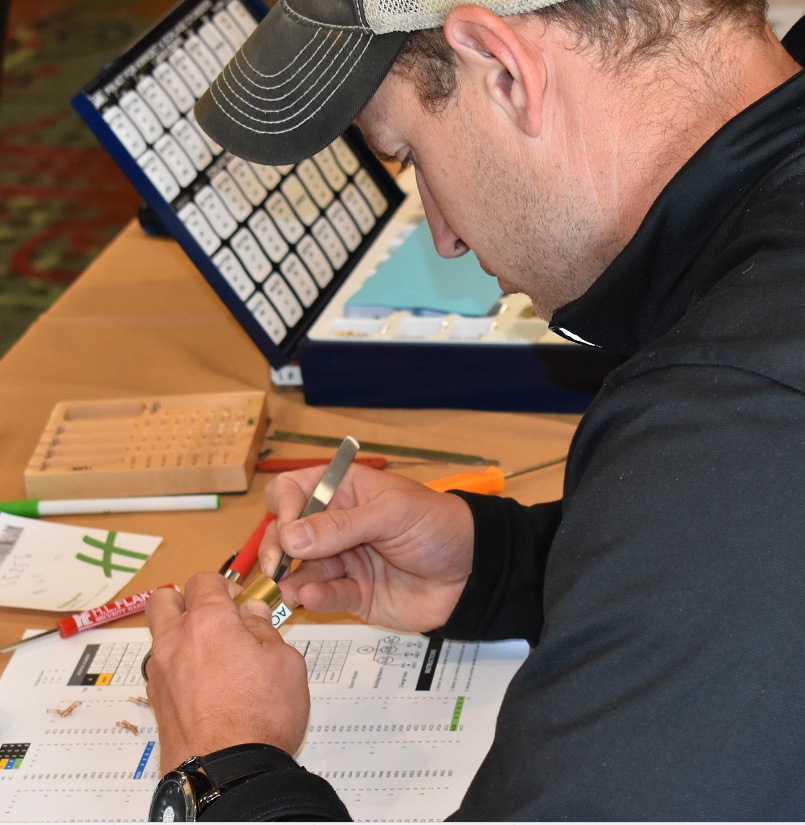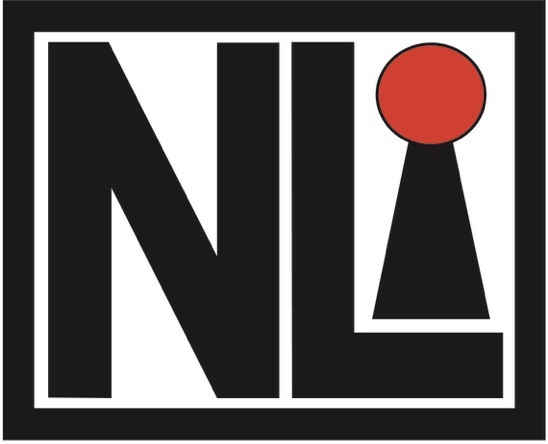National Locksmith Institute Certified Facility Locksmith
This 5-day hands-on course which provides you with a comprehensive knowledge of locks and a fundamental base to becoming a professional locksmith.
There are many advantages to having a professionally trained locksmith on staff. Every door in your facility has a lock or some type of hardware on it. These locks often need to be re-keyed, repaired, or replaced. A trained locksmith on staff at your facility can help efficiently resolve security issues and better secure your facilities while ensuring compliance with National Fire and Life Safety requirements regarding fire and egress doors. Bringing your locksmithing in-house will save you time, money and provide better safety and security.
The training in this course will provide your employees with the skills necessary to become a more efficient and competent technician who can service, install, troubleshoot and masterkey industrial and commercial key lock systems with the understanding of pertinent Life Safety 101 and NFPA 80 requirement related to fire doors. This saves you money, saves you time, secures your facilities, resolves security issues, gives you first line of defense and improves your Facility Management.
This program was designed for the beginner as well as the experienced locksmith. We start with the basics and quickly build on those principles while focusing on the needs of the facility.


